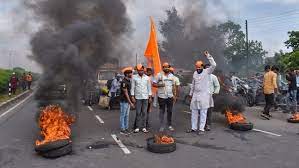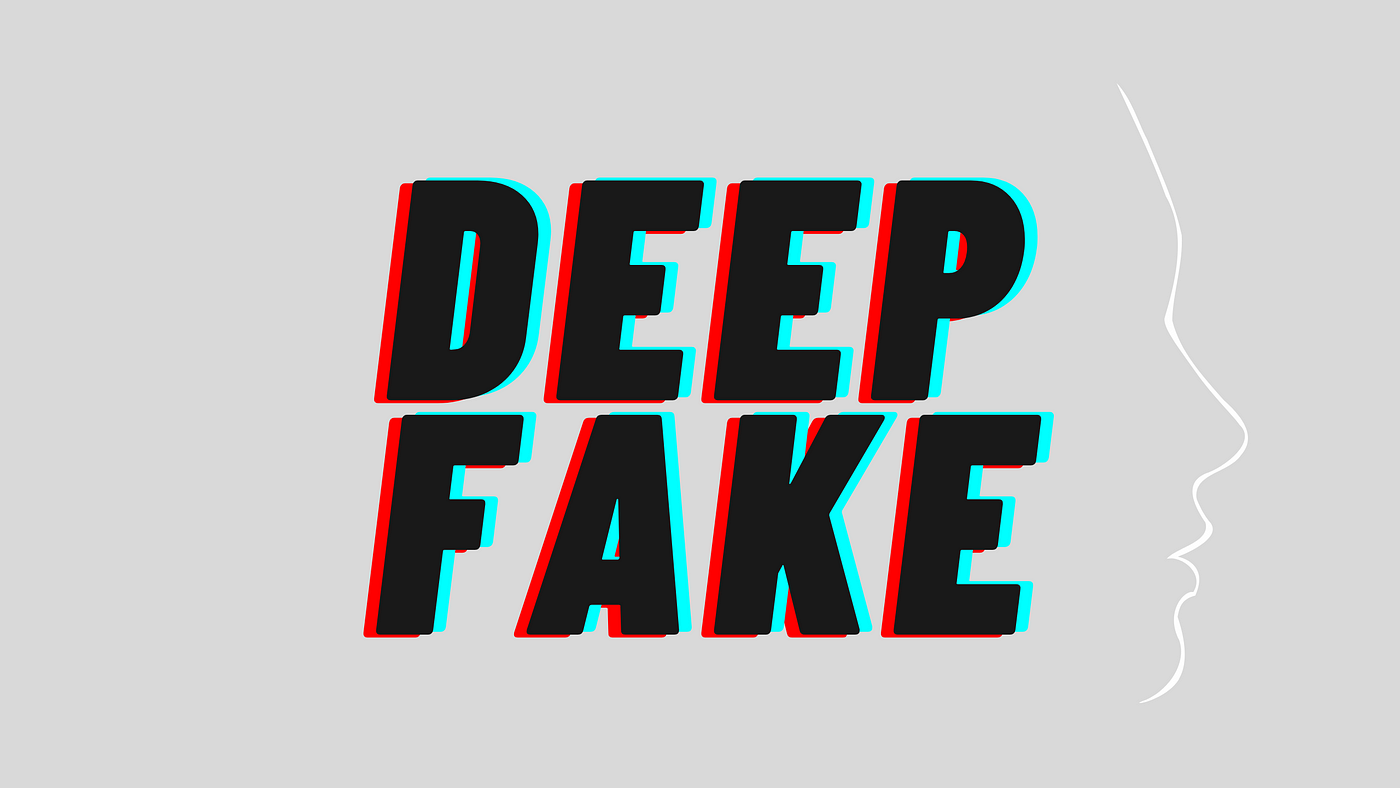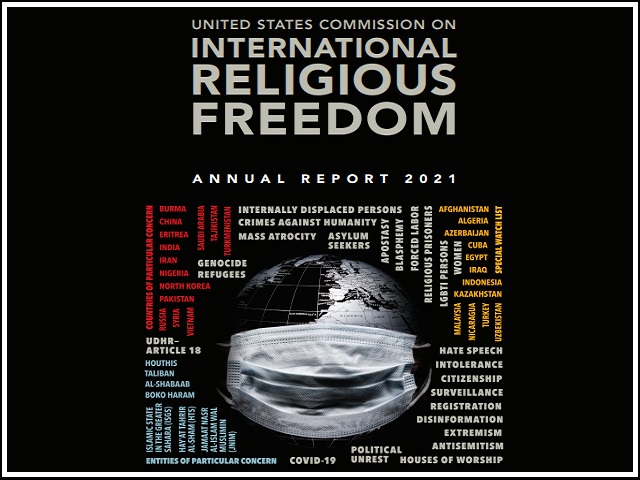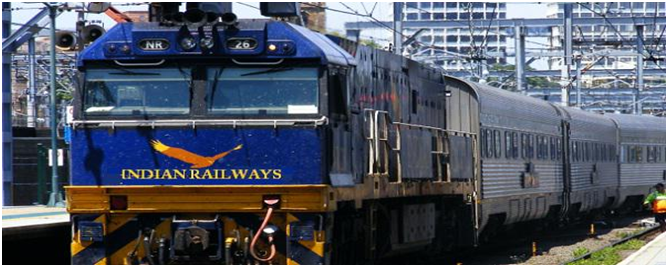Maratha quota protest
Why in News
As Maratha quota protests intensify in Maharashtra, the state government has formed a panel of three former High Court judges to advise it on the legal battle over the issue in the Supreme Court.
Important Points
Background:
- The Marathas are a group of castes comprising peasants and landowners, among others, constituting nearly 33 per cent of state’s population.
- The first protest over this was held 32 years ago by Mathadi Labour Union leader Annasaheb Patil in Mumbai.
Bombay High Court ruling in 2019
- In 2018, the then government in Maharashtra passed a Bill proposing 16 per cent reservation in education and government jobs for the Maratha community.
- This was challenged in court.
- In 2019, the Bombay High Court upheld the constitutional validity of the Maratha quota under the Socially and Educationally Backward Classes (SEBC) Act, 2018.
- While ruling that the 16 per cent quota granted by the state was not ‘justifiable,’ the HC reduced it to 12 per cent in education and 13 per cent in government jobs, as recommended by the Maharashtra State Backward Class Commission.
- The HC said that while the reservation ceiling should not exceed 50%, in exceptional circumstances and extraordinary situations, this limit can be crossed if quantifiable data reflecting backwardness is made available.
GM Gaikwad Commission:
- The High Court relied heavily on findings of the 11-member Maharashtra State Backward Class Commission (MSBCC) headed by retired Justice G M Gaikwad.
Number of Marathas:
- The Committee surveyed about 45,000 families, from two villages in each of the 355 talukas that had more than 50 per cent Maratha population.
Level of backwardness:
- The November 2015 report found the Maratha community to be socially, economically and educationally backward.
In social backwardness, the Commission found that :
- Around 76.86 % of Maratha families are engaged in agriculture and agricultural labour for their livelihood nearly 70% reside in Kachha dwellings, only 35- 39 % have personal tap water connections.
Why did the Supreme Court strike down Maratha reservation?
- In 2021, a five-judge Constitution bench of the Supreme Court struck down the Maratha quota, which took the total reservation in the state above the 50 per cent ceiling set by the court in its 1992 Indra Sawhney (Mandal) judgment.
- The Apex court said that the 50% ceiling, although an arbitrary determination by the court in 1992, is now constitutionally recognised.
- It said there was no extraordinary circumstance to cross the 50% mark, adding Marathas were a dominant forward class and are in the main stream of National life.
- In 2022, after the SC upheld the 10 per cent quota for Economically Weaker Sections, the Maharashtra government said that until the issue of Maratha reservation was resolved, economically weaker members of the community could benefit from the EWS quota.
- After the SC turned down its review plea, the state government said it would file a curative petition and form a new panel for a detailed survey of the ‘backwardness’ of the community.
Latest step by the Maharashtra government
- The state formed a five-member committee under Justice (retired) Sandeep K Shinde to study the procedure of giving Kunbi (OBC) certificates to Marathas, based on documents, including revenue records, from Nizam period.
- The Nagpur bench of the Bombay High Court dismissed a plea against the formation of the panel.
- The state Cabinet recently accepted the first report of the panel.
Existing reservation in Maharashtra
In the state, following the 2001 State Reservation Act, the total reservation is 52 per cent. This included quotas for:
- Scheduled Caster (13%),
- Scheduled Tribes (7%),
- Other Backward Classes (19%),
- Special Backward Class (2%),
- Vimukta Jati (3%),
- Nomadic Tribe B (2.5%),
- Nomadic Tribe C-Dhangar (3.5%) and
- Nomadic Tribe D-Vanjari (2%).
- With the addition of the 12-13 per cent Maratha quota, the total reservation in the state had gone up to 64-65 per cent.
- The 10 % EWS quota is also effective in the state.
- Besides Marathas, communities including Dhangar, Lingayats and Muslims have also raised demands for reservation.






.jpg)
.jpg)
.jpg)





